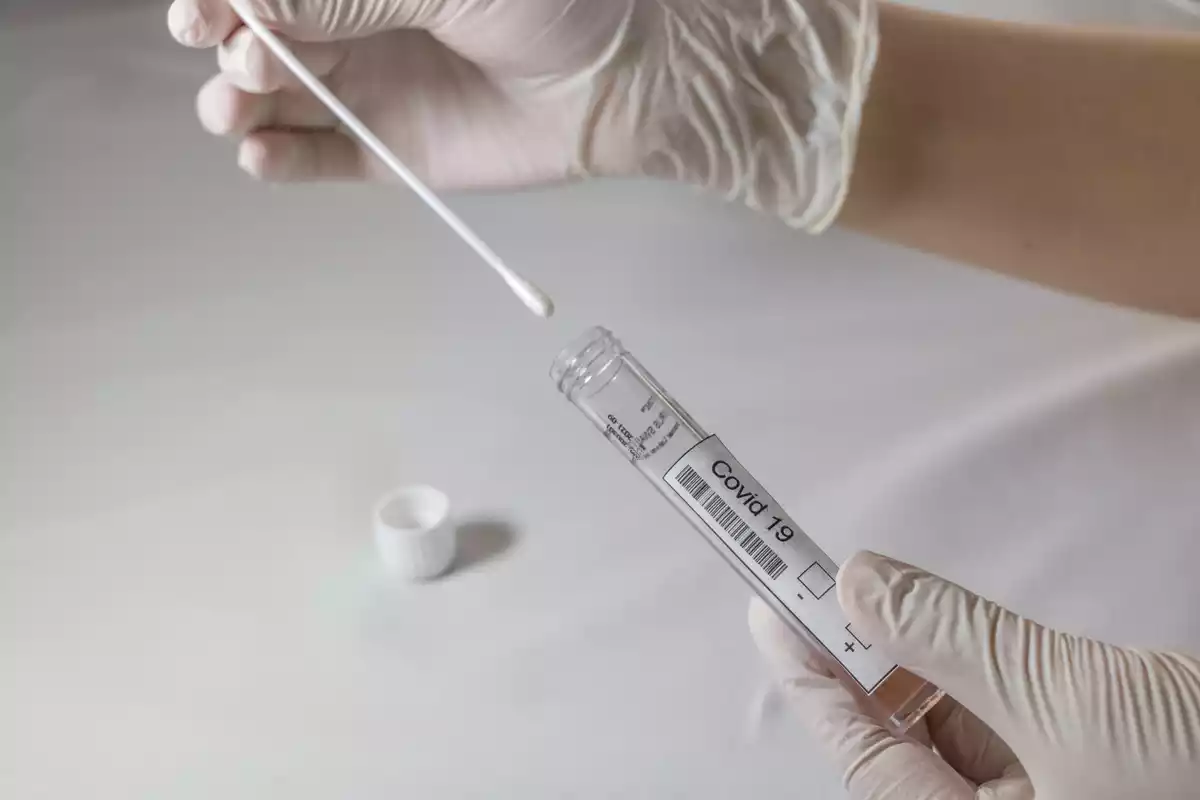Since the beginning of the pandemic, one of the aims of scientists has been to try to find out in detail how coronavirus is transmitted. Many studies have focused on finding out where infection occurs or what the main form of transmission is.
Over the months, it has been possible to reach fairly reliable conclusions on these two aspects. On the one hand, most experts consider it proven that the majority of infections occur in closed places, where we spend a long period of time and sometimes without masks, as in social gatherings. On the other hand, epidemiologists and virologists have insisted in recent months that the main form of infection is through aerosols, the small droplets that we produce when we talk, sing or cough and that remain in the air for hours.
Until now, there had not been much emphasis on whether there really is a time of day when it is more likely to catch COVID or be more contagious. And this has been the focus of a study carried out in the United States which shows that exactly two o'clock in the afternoon is the time when the highest number of SARS-CoV-2 infections occur.
This is the conclusion reached by a group of researchers at Vanderbilt University Medical Center in Nashville, Tennessee. They have analyzed the results of more than 30,000 people who underwent PCR tests between March and June 2020.
As they explain in an article published in Medrxiv, their aim was to find the time of the day when the most false positives were detected, a key point for the management of the pandemic, in their opinion. They had wanted to prove their hypothesis that the number of positive tests differs according to the time of day they are performed, which would show that there is a greater viral load depending on the time of the day and, therefore, a greater ability to infect others.
The most dangerous time of day to be exposed to the virus
These 30,000 tests would have been performed among both symptomatic and asymptomatic individuals. The conclusion they would have reached is that there is a clear difference between the different daytime hours for detecting positive tests and that these peaked at 14:00 hours. Also, their study would confirm that false negatives are less likely to occur if tests are performed in the early afternoon than in the morning, where up to twice as many positives are detected.
And as we said, everything would be related to a variation of the viral load that we have if we have been infected according to the time of day. The study insists that it is in the early afternoon when it is higher and recommends that efforts to detect cases through testing.
For the same reason, they warn that two o'clock in the afternoon is the time when the highest peak of contagion occurs since the risk of transmission is greater. They consider that at that precise moment and during the following hours is when risk scenarios such as large crowds, social gatherings in closed places, etc. should be avoided.
Lastly, they add that this data could improve the reliability of rapid or antigen tests, which are less effective when it comes to detecting asymptomatic cases. Knowing the time of day when the virus load is highest should reduce the margin of error.
[This is a translation of the original article "Un estudio revela cuál es la hora en la que es más probable contagiarse de covid" published in espanadiario.net]

